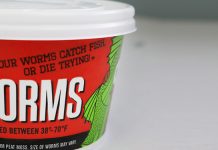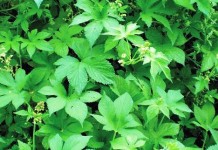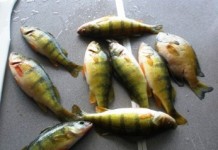My first memories of fishing were of my Father taking me down to the shores of Lake Michigan in Kenosha, WI. We would climb down the rocks to one of his favorite spots – the same spots we fish together until this day. With patience and the ability to untangle any cluster of knot, he would teach me the art of jigging for yellow perch, “The People’s Fish.”
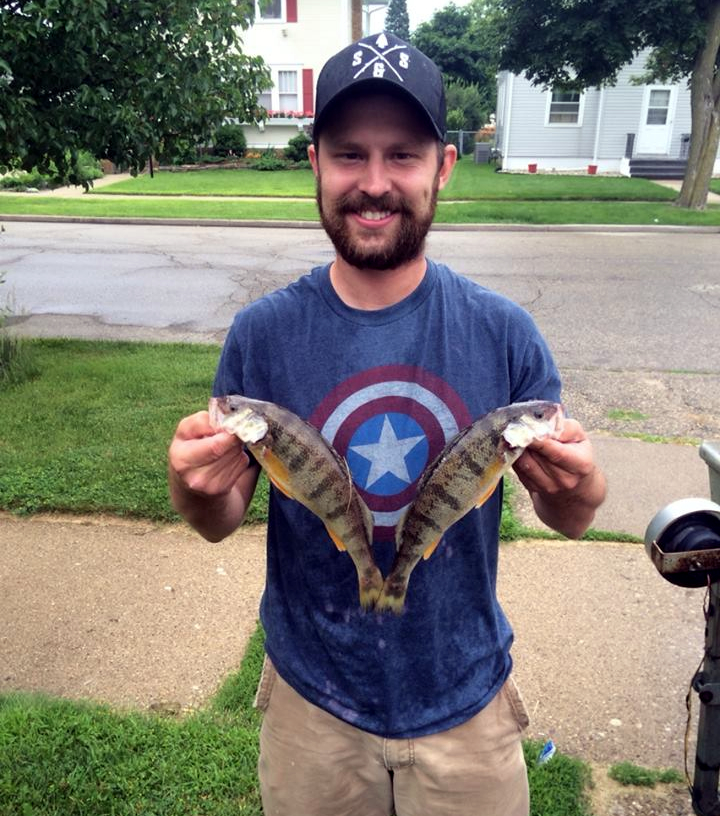 Unfortunately, for us that love catching these tasty treats, the perch population is struggling in Lake Michigan. When I first started fishing for perch on Lake Michigan the bag limit was 25 fish per person. 15-16 inch perch were common back then. You were almost guaranteed to catch fish every time you went out. Today, I can’t say the same and I believe I can speak for the rest of the anglers that are familiar with the decline and struggle to catch perch. Now I’m no expert, but when the daily catch limit changes from 25 down to a mere 5 fish, there is clearly a problem.
Unfortunately, for us that love catching these tasty treats, the perch population is struggling in Lake Michigan. When I first started fishing for perch on Lake Michigan the bag limit was 25 fish per person. 15-16 inch perch were common back then. You were almost guaranteed to catch fish every time you went out. Today, I can’t say the same and I believe I can speak for the rest of the anglers that are familiar with the decline and struggle to catch perch. Now I’m no expert, but when the daily catch limit changes from 25 down to a mere 5 fish, there is clearly a problem.
Sure, it’s easy to point the finger at anglers for the decline based on my statements regarding the daily limit of 25, however, hard facts say different. According to reports from the Lake Michigan Committee, the first-year yellow perch are today smaller than they were in the 1980s-1990s mainly due to the lack of food resources available for these young fish. Lake Michigan’s ecosystem has changed substantially since the late 1980s and 1990s. In 1996, the daily bag limit was reduced from 25 to 5 in the state of Wisconsin and the season is now closed between May 1st and June 15th. At the same time, commercial perch fishing was and still is prohibited.
Many people wonder why the state doesn’t just start stocking perch in hatchers. It sounds great until you actually think about it though… What is the survival rate of young perch that don’t have many options to feed themselves? As much as I love the idea, it just wouldn’t make much sense. I find it hard to believe the state would ever spend money to re-stock the perch for Lake Michigan. WDNR should continue to spend the money on assessments to analyze the current status of the yellow peach and hopefully the Wisconsin Natural Resource Department can come up with a solution. Even the State of Michigan recognizes that the source of food for fish in Lake Michigan is down. In 2015, they decided to reduce the amount of salmon they stocked because there were fewer prey fish for the salmon to eat. Once these non-native, invasive species has established themselves in a body of water, they are all but impossible to get rid of according to scientists.
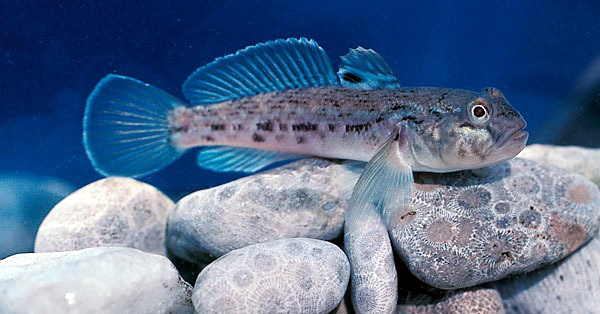
There are a reported 180 invasive and non-native species in the Great Lakes that are wreaking havoc on the ecosystem. Lake phytoplankton productivity is down and the lower trophic level food has been altered by aquatic invasive species, dreissenid mussels, spiny water fleas and round gobies that have displaced native benthic prey organisms. The zebra and quagga mussels are reducing the population of zooplankton. The lower productivity has led to a reduced lake carrying capacity that appears to be affecting many fish species, not only perch, but alewife and smelt as well. These are other food sources that the yellow perch relied on. 30% or more of invasive species in the Great Lakes today have been introduced through ship ballast water. Just to give you perspective, back in 1960 when the zebra mussel was found there was an estimated population of 35,000 zebra mussels per square yard, just 1 year after they were discovered!
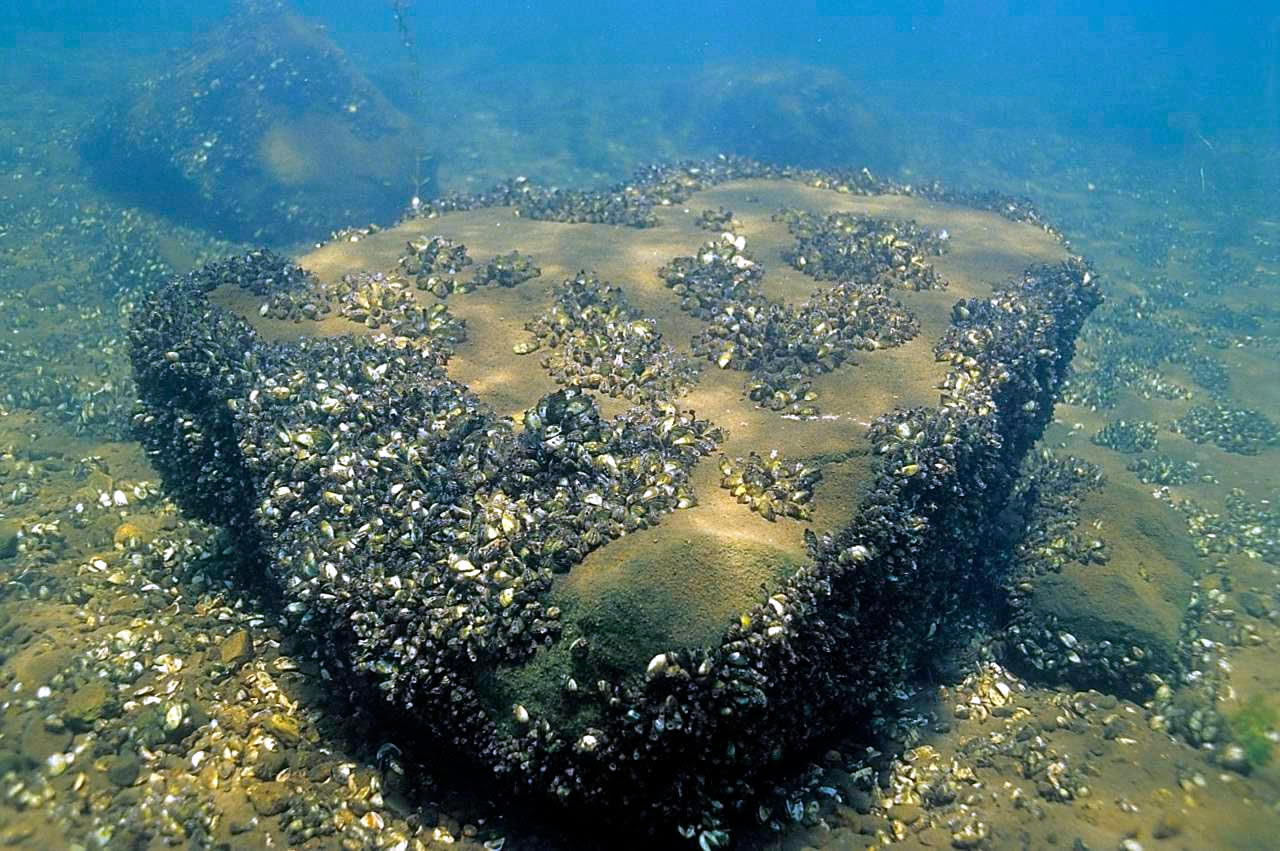
I’m sure we all have been to a boat launch before and seen a DNR agent or someone affiliated with the DNR preaching about invasive species. It’s always good to make sure your boat trailer and boat are free of aquatic plants. Lower your motor all the way down to drain the water in the prop and pull the boat plug in case of water trapped inside the boat to allow it to drain. You also want to drain water from any piece of equipment that contains water on your boat. These types of routine maintenance checks prevent invasive/non-native species spreading from one body of water to another, and it’s a law in the state of Wisconsin. This is at least one way we, the anglers and boaters, can help in stopping these invasive species from inhabiting and wrecking the waterways we enjoy.


